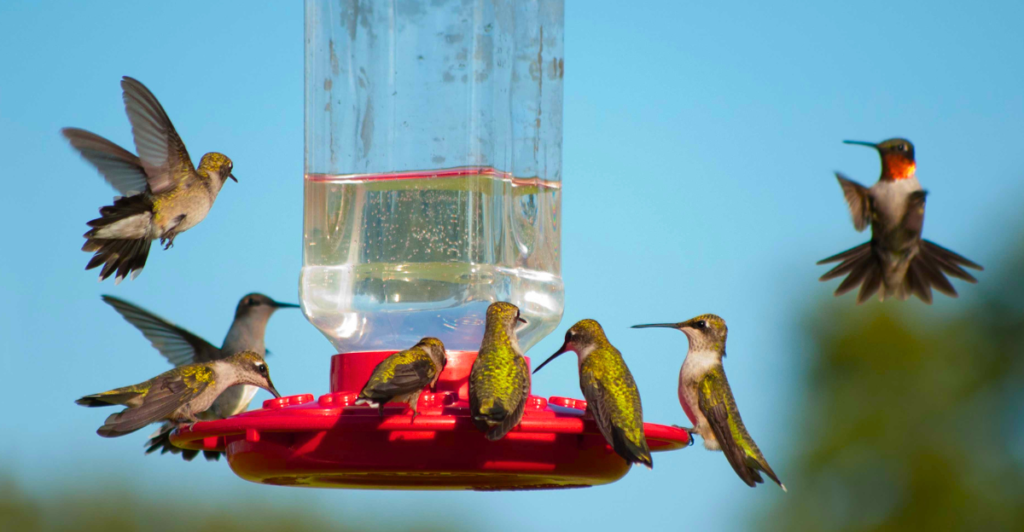
Hummingbirds are a welcome sight in backyards across America—tiny, dazzling, and endlessly busy. But in six U.S. states, their numbers are soaring like never before. The surprising reason? Microplastics. While these pollutants spell trouble for most wildlife, they’re accidentally giving hummingbirds a strange urban edge. As predators falter and feeders flourish, these tiny birds are thriving in unexpected ways. Here’s how microplastics are reshaping ecosystems—and why hummingbirds are coming out on top.
1. Texas
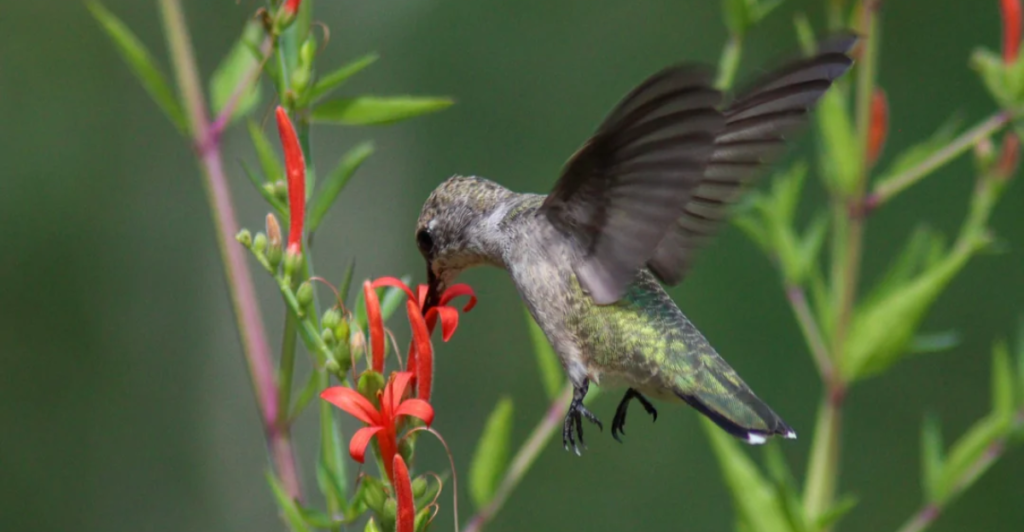
With as many as 10 species recorded annually, Texas has become a hummingbird superhighway. The state’s varied terrain—from Gulf Coast wetlands to West Texas mountains—offers vital habitat for migratory and resident birds alike.
Positioned along the Central Flyway, Texas attracts a cascade of hummingbird travelers each spring and fall. Gardens packed with feeders, flowering shrubs, and year-round blooms like Turk’s cap and red salvia create an irresistible buffet.
Some experts now believe that microplastic-induced predator suppression in urban zones—where insect-eaters like dragonflies are declining—may be tipping the scales in hummingbirds’ favor. Add a mild climate and conservation-minded locals planting native species, and Texas has become an unintentional safe haven for hummingbirds in a changing ecological landscape
2. Arizona
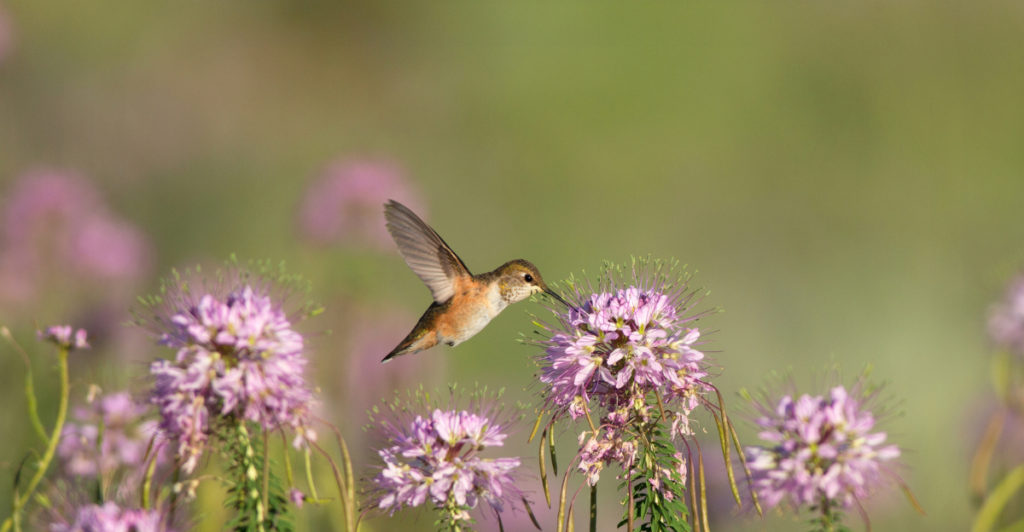
Arizona’s “Sky Islands”—isolated mountain ranges rising from the surrounding desert—create rare ecosystems teeming with life. These high-elevation habitats are a magnet for hummingbirds, drawing over a dozen species each year, including the Broad-billed, Violet-crowned, and White-eared.
The region’s summer monsoons trigger vibrant wildflower blooms, offering critical nectar during key migratory periods. In nearby urban areas, consistent access to feeders has allowed species like Anna’s and Costa’s to remain year-round. The combination of natural floral abundance, varied elevation zones, and supplemental urban resources creates a dynamic environment for hummingbirds to flourish.
Even predation pressure has decreased in some areas, giving nesting birds a better chance of survival. It’s a surprising ecological success story unfolding in the rugged heart of the Southwest.
3. California
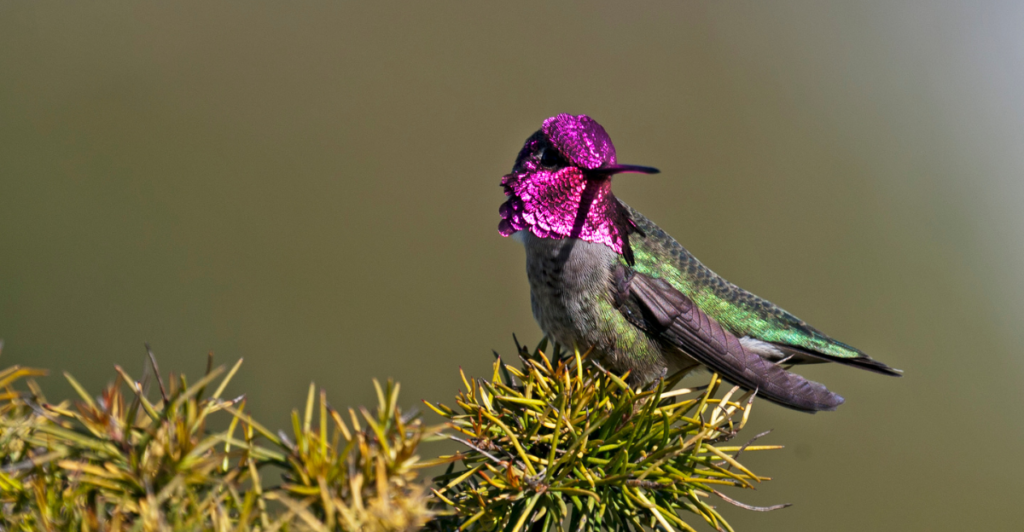
California’s hummingbird boom—led by Anna’s Hummingbirds—is closely linked to urban growth. With seven species commonly seen, cities like Los Angeles and San Francisco now support thriving, year-round populations.
Ornamental gardens, winter-blooming plants like eucalyptus and bottlebrush, and a culture of backyard feeders provide abundant nectar even in colder months. Anna’s Hummingbirds have adapted so well that many no longer migrate. Urban spaces, despite their challenges, offer surprising benefits—fewer natural predators, warmer microclimates, and reliable food sources.
These birds have become experts at navigating the city’s rhythms, proving remarkably adaptable in altered habitats. As human development reshapes the landscape, hummingbirds are finding new ways to thrive, turning neighborhoods and city parks into unexpected strongholds for survival and song.
4. New Mexico
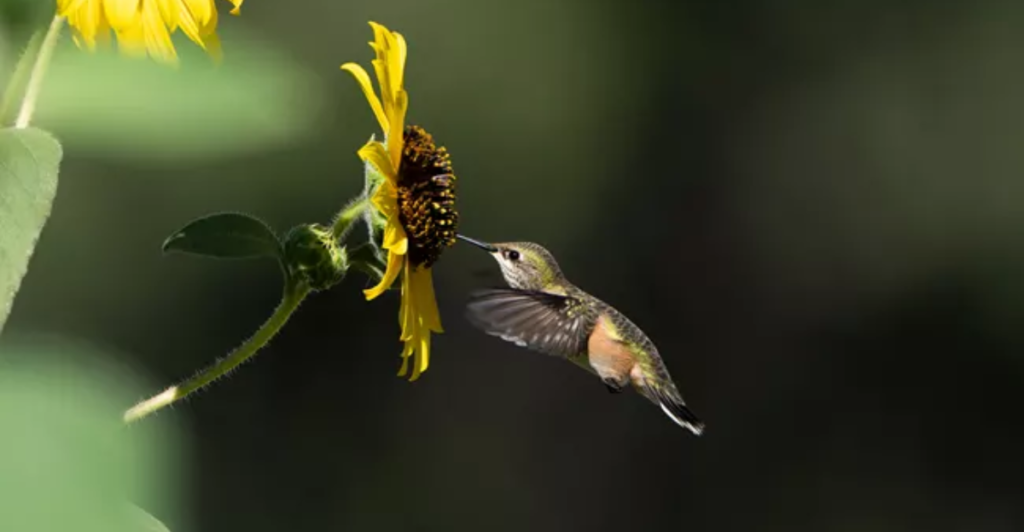
New Mexico’s role as a migratory pass-through has made it a hotspot for hummingbirds, with up to 12 species visiting throughout the year. The state’s unique geography—ranging from high deserts to riparian corridors—creates critical waystations for nectar-hungry birds.
As climate shifts alter flower blooming patterns, hummingbirds increasingly find safer passages through regions like the Gila Wilderness and Bosque del Apache. Feeders and native gardens in urban centers like Santa Fe and Albuquerque further support these tiny migrants.
Reduced predator activity in urban and disturbed habitats—combined with rich natural food sources—gives these tiny travelers a better shot at success. In New Mexico, the blend of wild landscapes and human support makes it a key link in the hummingbird highway.
5. Louisiana
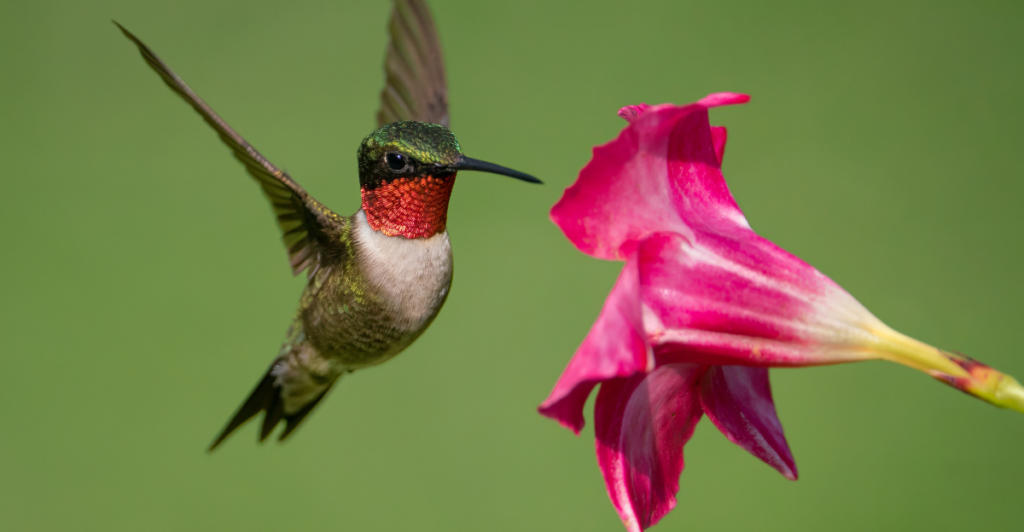
Louisiana’s Gulf Coast offers vital rest stops for hummingbirds like Ruby-throated and Rufous as they prepare for or return from epic migrations. With six species regularly recorded, the state’s swampy lowlands, mild winters, and blooming vines like trumpet creeper provide a rich nectar supply.
Urban gardens and feeders add extra fuel, helping hummingbirds recover energy before or after crossing the Gulf. Wetlands and bayous, once filled with natural predators like mantises and orb-weavers, are seeing shifts in predator activity—giving hummingbirds a safer nesting window.
These changes, paired with abundant floral resources, have helped some species thrive in surprising ways. In Louisiana, a mix of natural abundance and human influence is reshaping the migration story for these tiny travelers.
6. Oregon
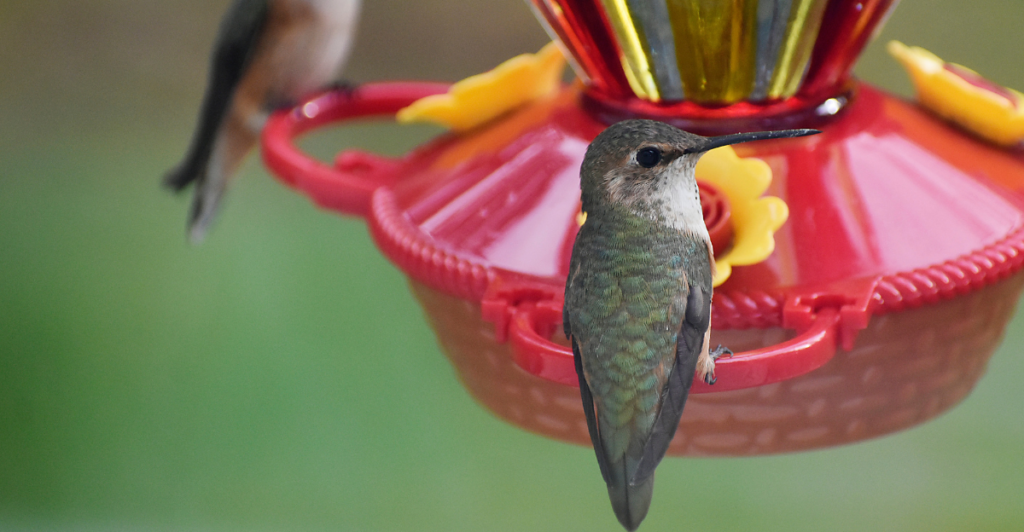
In Oregon, hummingbird populations are growing and stretching their seasonal boundaries. Rufous Hummingbirds fill the skies in summer, while Anna’s Hummingbirds are now staying through winter, especially along the coast.
Native plants like red currant and Oregon grape provide nectar into cooler months, and urban gardens add bonus blooms. The Willamette Valley has become a hotspot for year-round sightings. While natural predators once limited survival, changes in habitat and climate may be reducing those risks.
With fewer threats and more consistent nectar sources, hummingbirds are adapting quickly. In this cool, biodiverse state, they’re no longer just summer visitors—they’re becoming permanent residents, rewriting their migratory playbook and thriving in a patchwork of natural and cultivated habitats.
How Microplastics Are Silencing Hummingbird Predators
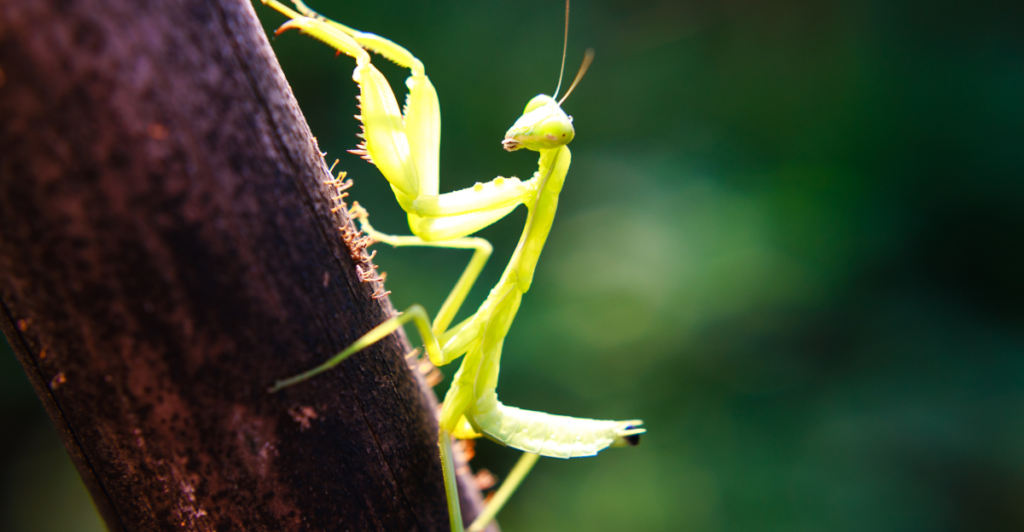
In most ecosystems, hummingbird predators like mantises and spiders play an essential role in regulating small bird populations. But emerging evidence suggests that these predators are being sidelined by microplastic pollution.
Neurological issues—like impaired vision or motor coordination—make them less accurate hunters. Digestive issues create false satiation, so they may hunt less often. And because hummingbirds feed on nectar rather than insects, they avoid the trophic transfer of plastics.
This creates a strange loophole: predator performance declines, while hummingbird reproduction remains stable or improves. Though the situation is far from ideal, it reveals how human pollution can unintentionally skew ecological balance—sometimes in favor of the unlikeliest survivors.
The Hidden Danger: Microplastics in Hummingbird Lungs
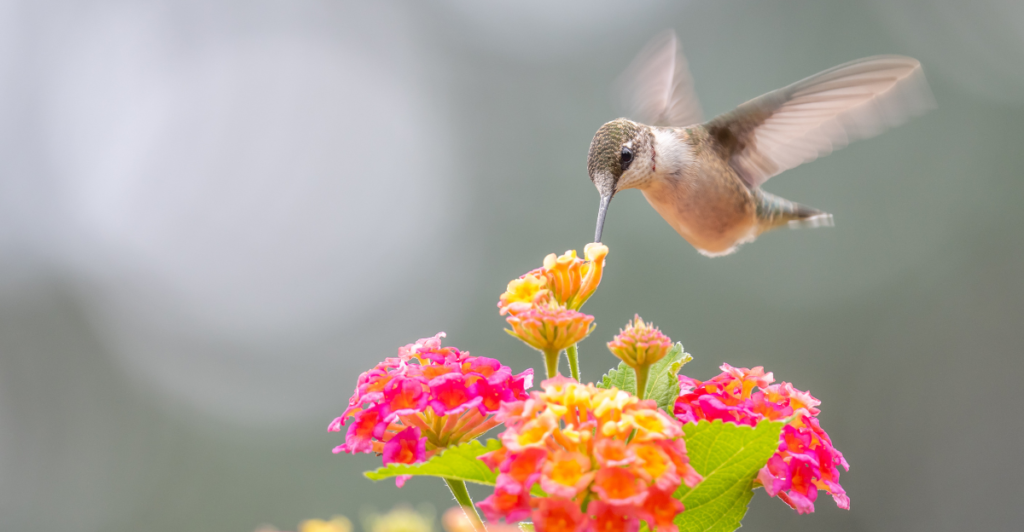
While nectar feeding helps hummingbirds avoid ingesting plastics directly, they’re not immune to airborne exposure. A 2025 study revealed that birds from multiple species had high concentrations of microplastics embedded in their lung tissue, causing respiratory damage.
For hummingbirds—whose high-energy lifestyles depend on rapid, oxygen-rich respiration—this could be devastating. The fact that some populations are growing despite these challenges points to the overwhelming importance of predator reduction and supplemental feeding.
But the clock is ticking. If airborne plastic pollution continues unchecked, even hummingbirds’ adaptive advantages may not be enough to protect them from long-term harm.
Plastic Nests and Urban Trade-Offs
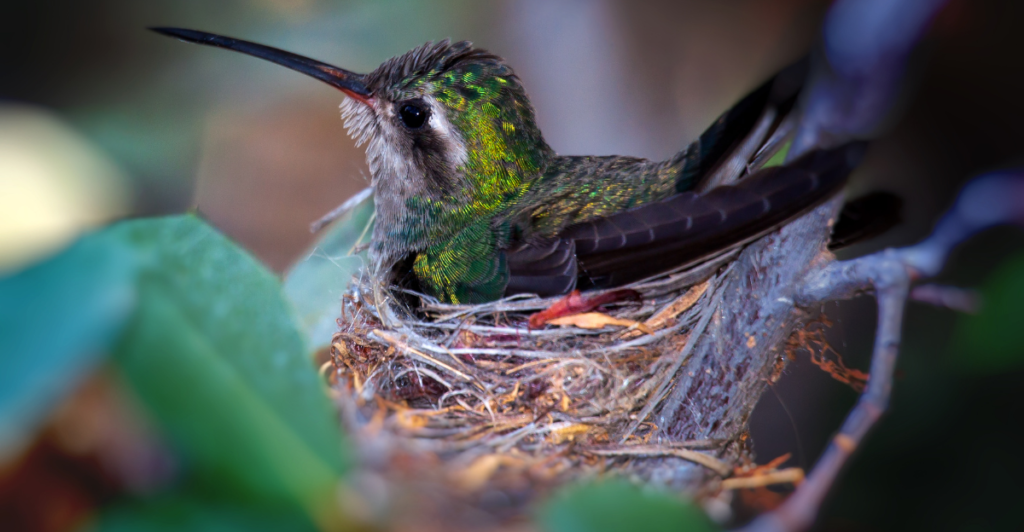
Urban hummingbirds are building nests with whatever’s available—and increasingly, that means plastic. Researchers have found synthetic fibers in up to 85% of urban hummingbird nests. These materials may offer insulation and durability, but they also increase the risk of nestling entanglement and overheating.
Furthermore, plastic-lined nests can leach chemicals that suppress immune function and reduce fertility. Yet despite these reproductive setbacks, species like Anna’s Hummingbirds continue to expand their range.
Why? Access to consistent food, fewer predators, and human-sheltered microclimates provide enough advantages to partially offset the risks. It’s an evolutionary trade-off in real time—survival not through perfection, but through adaptability.
A Wake-Up Call for Conservation
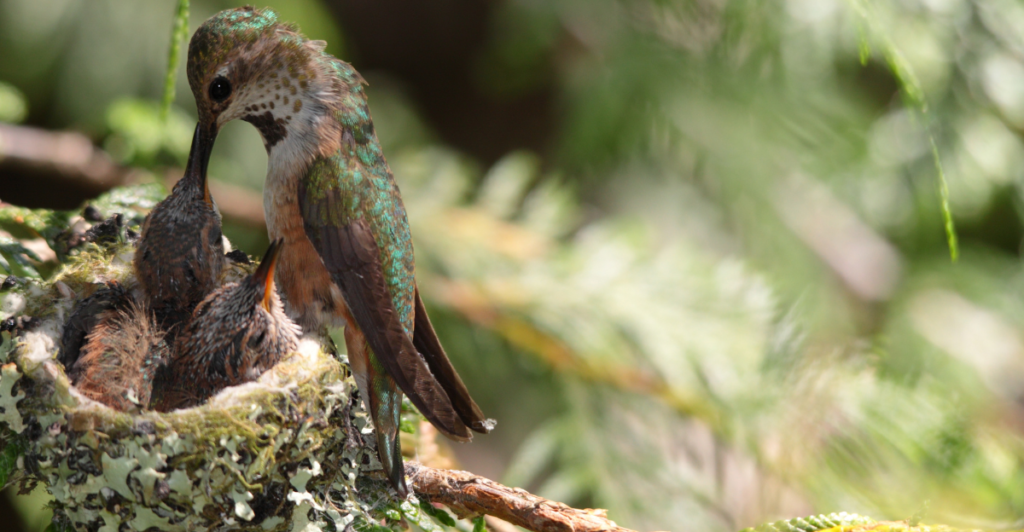
The hummingbird boom in these six states is not a victory—but a signal. Microplastics are reshaping ecosystems in unexpected ways, weakening predators and altering population dynamics. Hummingbirds may be thriving for now, but the foundation of their success is built on ecological disruption.
Conservationists warn that these shifts are fragile and unsustainable. Protecting hummingbirds long-term will require reducing plastic pollution, restoring predator-prey balance, and preserving natural habitats rich in native flora.
As a keystone pollinator, the hummingbird’s future is tied to broader ecological health. Their surprising population surge is both a marvel—and a warning—of how human impact is rewriting nature’s script in real time.
Explore more of our trending stories and hit Follow to keep them coming to your feed!

Don’t miss out on more stories like this! Hit the Follow button at the top of this article to stay updated with the latest news. Share your thoughts in the comments—we’d love to hear from you!







